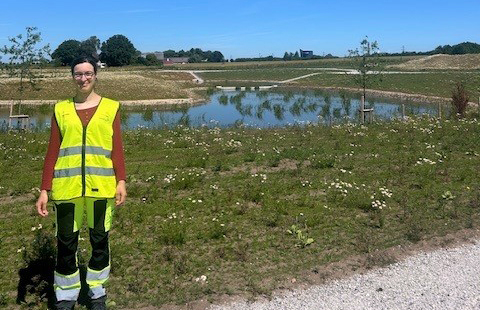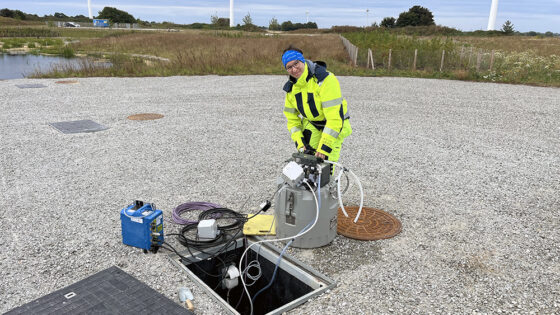Treatment of organic micropollutants from stormwater
This is the PhD research project of Ronja Nybom. Ronja is an industrial PhD student working for Sweden Water Research, VA SYD and Lund University.
When it rains in our cities and other built-up areas, litter and pollutants are carried away with the stormwater as it drains off. These pollutants can come from, for example, vehicle tyres, facade paint, construction materials, dog faeces or rubbish that people have dropped or thrown away. Some substances, such as PFAS, are particularly hazardous to health and difficult to break down.
Stormwater is often discharged directly into lakes, watercourses or the sea — either untreated or with insufficient treatment. This affects aquatic environments that we use for swimming, fishing and recreation. It also impacts fish and other aquatic organisms.
To reduce the discharge of pollutants via stormwater, we need to develop more and better methods for local and cost-effective purification. Within the ISWIM project, of which this work is a part, a constructed wetland has been built in Värpinge in western Lund. Next to it, a test facility is being installed for the other purification stages.
By collecting water samples both before and after each treatment stage, we can compare the effectiveness of the different methods. We are investigating the purification performance of the constructed wetland and comparing it with various biofilters — known as rain gardens — as well as biochar filters and combinations of these.
In this way, stormwater can be purified on site instead of, as is often the case today, being discharged untreated. This will reduce the burden on our watercourses and enable treatment solutions tailored to local conditions.
Supervisor: Godecke-Tobias Blecken, Luleå University of Technology
Co-supervisor: Kelsey Flanagan, Luleå University of Technology
The project is part of ISWIM and linked to the Dag&Nät research cluster.

Ronja Nybom at the constructed wetland in Värpinge, outside Lund.





